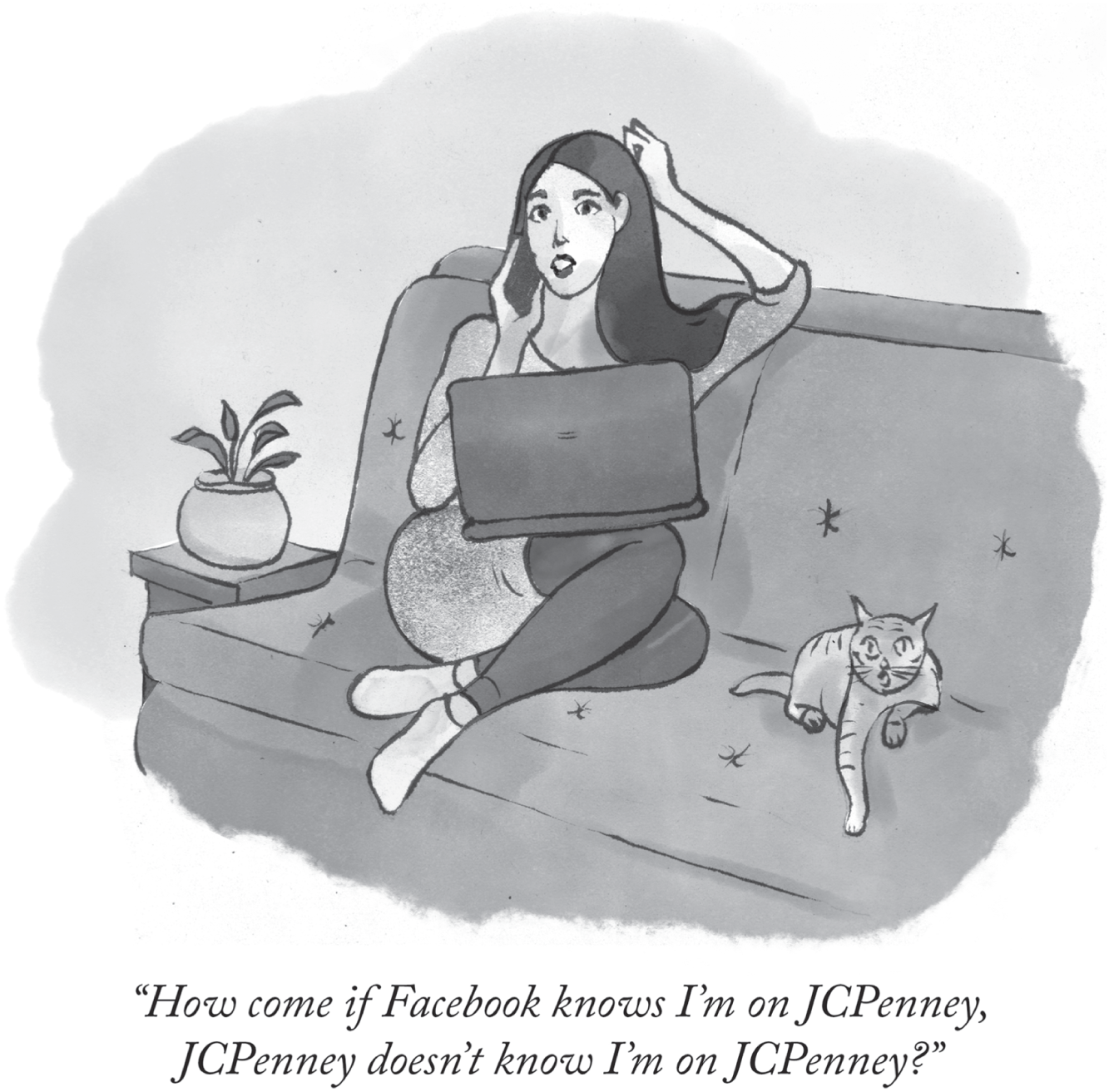CHAPTER 3Digital Self-Service Changed Things Forever
What we'll share in this chapter:
- Customer self-service was introduced in the late 1970s, and at first, companies had to work hard to achieve “adoption” of these new technologies.
- Eventually, customers not only got used to the idea of serving themselves but became “hooked” and started demanding more and more.
- Many companies found themselves in a race against ever-increasing customer expectations for greatly improved digital interactions.
- What started as a cost-optimization play became a classic case of “be careful what you wish for.”

THE CITI NEVER SLEEPS
Every digital self-service interaction you've experienced in your lifetime can be traced back to a single event.
Actually, it was two events: The Blizzards of 1978 – a pair of ripsaw Nor'easters that swept up the Atlantic coast that winter – one in January and the other right on its heels in February.
In New York City, facing days of snowbound paralysis with streets blocked off by massive drifts, tens of thousands of people engaged in an activity they had never done before: Getting cash from a machine, instead of from a live teller.
Self-service was born.
The ATM was originally conceived by British inventor John Shepherd-Brown, who (according to legend) was neck-deep in a bubble bath when he came up with a crazy idea: If a vending machine could dispense candy bars, ...
Get Digital Customer Service now with the O’Reilly learning platform.
O’Reilly members experience books, live events, courses curated by job role, and more from O’Reilly and nearly 200 top publishers.

